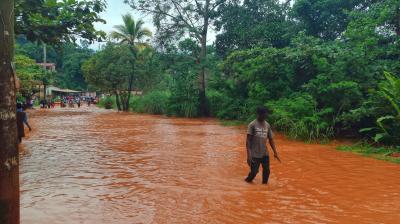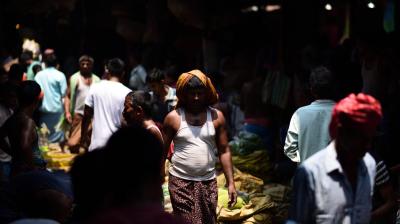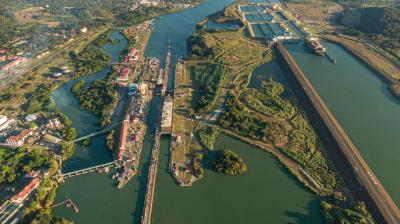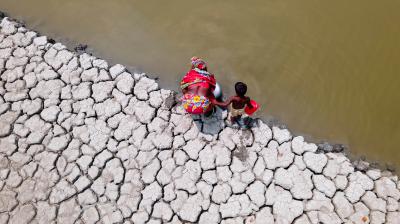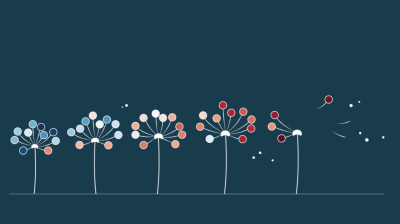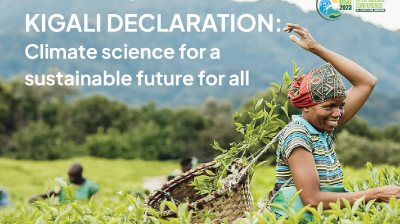Normal to above normal rainfall forecast for southwest monsoon
Normal to above normal rainfall is most likely during the 2022 southwest monsoon season (June – September) over most parts of the South Asia, according to an authoritative seasonal forecast from the South Asian Climate Outlook Forum.
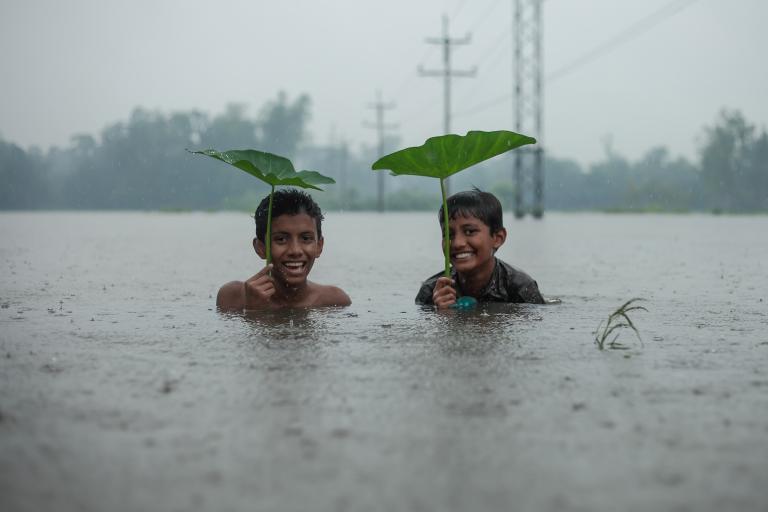
Normal to above normal rainfall is most likely during the 2022 southwest monsoon season (June – September) over most parts of the South Asia, according to an authoritative seasonal forecast from the South Asian Climate Outlook Forum.
Geographically, above normal rainfall is most likely along the foot hills of Himalayas, many areas of northwestern and central parts of the region, and some areas of east and southern parts of the region. However, below normal rainfall is most likely over some areas of extreme north, northwest, and south, and southeastern parts of the region. The seasonal rainfall is most likely to be normal over the remaining areas of the region.
From June through September, the Southwest Monsoon dominates life in much of South Asia. Accounting for 75-90 per cent of the annual rainfall in most parts of the region (excepting Sri Lanka and southeastern India), the monsoon has an all-pervading influence on the socio-economic fabric of the region and thus of the national economies of South Asian countries.
Advance information about the likely performance of the monsoon underpins planning and decision-making in climate-sensitive sectors such as agriculture and informs public health and risk-management strategies.
The seasonal daytime maximum temperatures are most likely to be normal to below normal over most parts of the region except over extreme northwest and some areas of northern and northeastern parts of the region. Maximum temperatures are expected to be normal over remaining parts of the region.
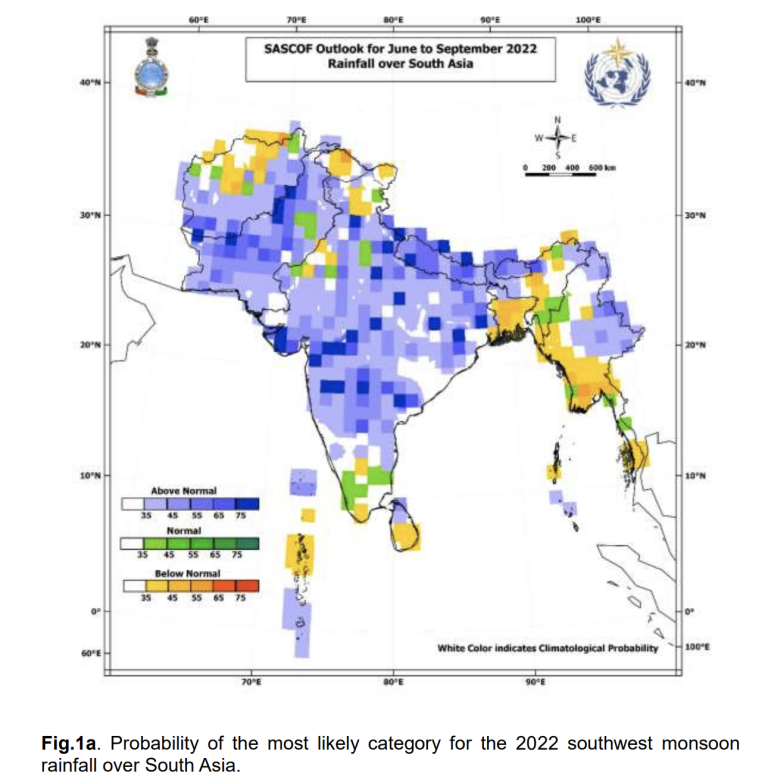
The outlook factored in observed and emerging climatic features that influence the performance of the southwest monsoon, such as the El Niño-Southern Oscillation (ENSO) conditions over the equatorial Pacific, Indian Ocean Dipole, winter and spring Northern Hemisphere snow cover and land surface temperature anomalies.
The South Asian Climate Outlook Forum took place remotely from 26-28 April. It was attended by experts from the National Meteorological and Hydrological Services (NMHSs) of nine South Asian countries as well as from global and regional climate centres and agencies including WMO Regional Climate Centre Pune (RCC-Pune), UK Met Office, WMO and Regional Integrated Multi-hazard Early-warning System for Asia and Africa.
SASCOF-22 is followed by the Climate services User Session for climate sensitive sectors: agriculture, water, disaster risk reduction and health, It focuses on sharing, understanding and interpreting the seasonal climate information to make effective use of it to manage climate risks in the region. The session will also identify further needs of the sectors in terms of customized products and tools to support decision-making.
SASCOF was launched in 2010 under the auspices of WMO to engage South Asian countries that share a strong and common interest in understanding and forecasting the monsoon. It is one of a worldwide network of Regional Climate Outlook Forums supported by WMO and its partners to promote collaboration and information sharing on seasonal climate prediction and related issues.
- WMO Member:
- Maldives ,
- India ,
- Pakistan ,
- Afghanistan ,
- Bangladesh ,
- Sri Lanka ,
- Bhutan ,
- Myanmar ,
- Nepal ,
- United Kingdom of Great Britain and Northern Ireland


